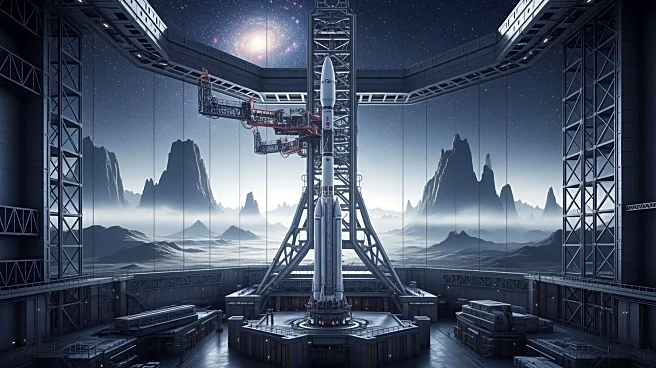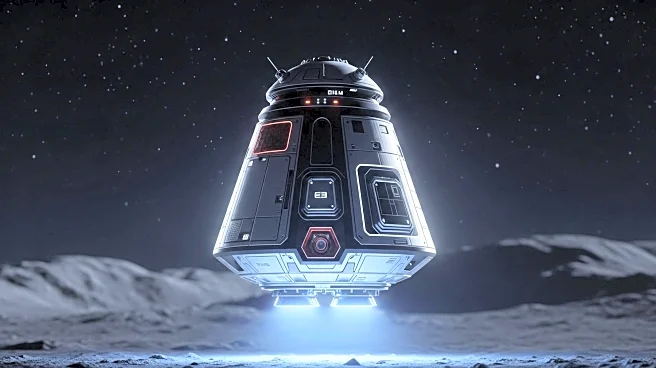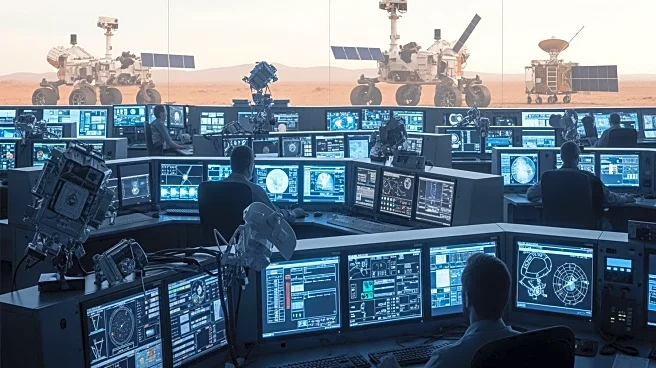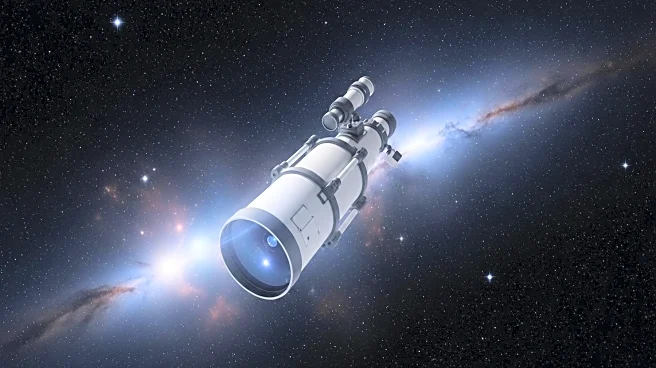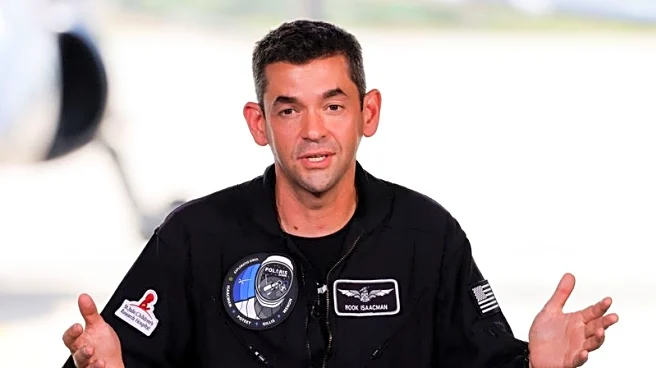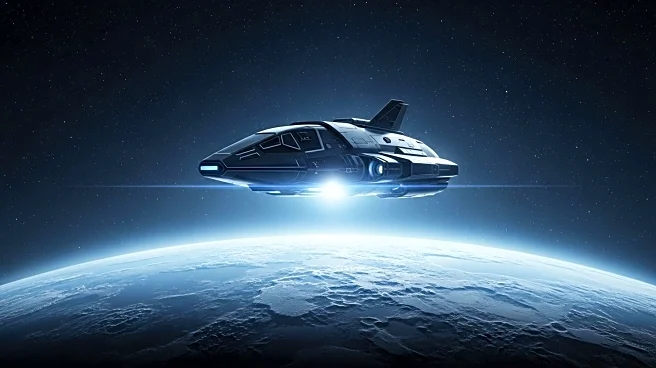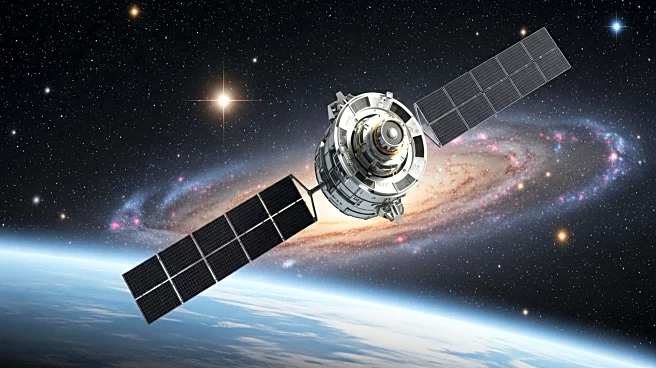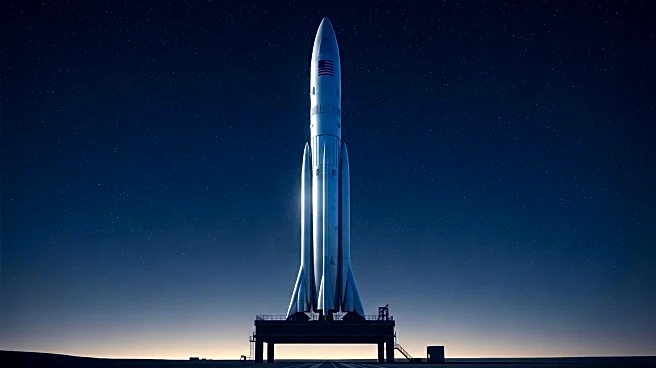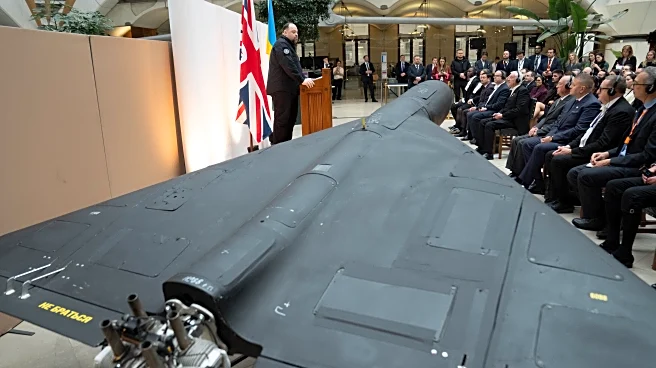What's Happening?
NASA and Lockheed Martin are exploring the possibility of launching the Orion spacecraft on rockets other than the Space Launch System (SLS). This marks a significant shift from the traditional pairing of Orion with SLS, which has been the standard for
nearly two decades. Lockheed Martin is considering commercial space applications for Orion, potentially offering missions as a service rather than NASA owning and operating the spacecraft. This change comes amid discussions about cost, reusability, and the future of space exploration. The move aligns with President Trump's budget request for fiscal year 2026, which proposed terminating funding for Orion and SLS after the Artemis III mission.
Why It's Important?
The potential shift in launch strategy for Orion could have significant implications for the future of U.S. space exploration. By considering commercial launch options, NASA and Lockheed Martin could reduce costs and increase flexibility in mission planning. This could lead to more frequent and diverse missions, enhancing the U.S.'s ability to explore deep space. Additionally, the move could stimulate the commercial space industry by providing new opportunities for private companies to participate in government-led space missions. This shift could also impact funding and policy decisions related to space exploration.
What's Next?
If NASA and Lockheed Martin proceed with this new approach, it could lead to a reevaluation of current contracts and partnerships. Congress has expressed interest in continuing the use of Orion and SLS through Artemis V, which could influence future budget allocations and mission planning. Stakeholders in the space industry, including commercial launch providers, may respond by positioning themselves to support potential new missions. The discussions between NASA and Lockheed Martin are ongoing, and further developments are expected as they explore the feasibility and implications of this strategy.
